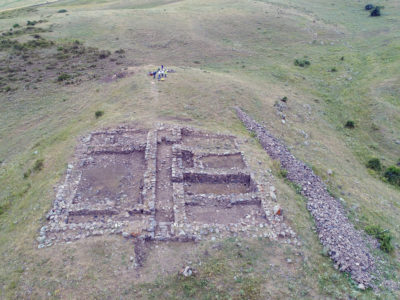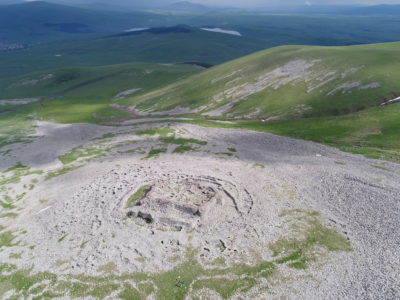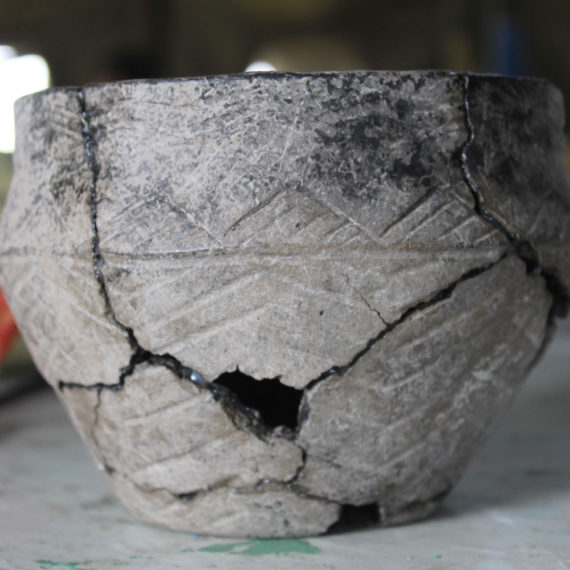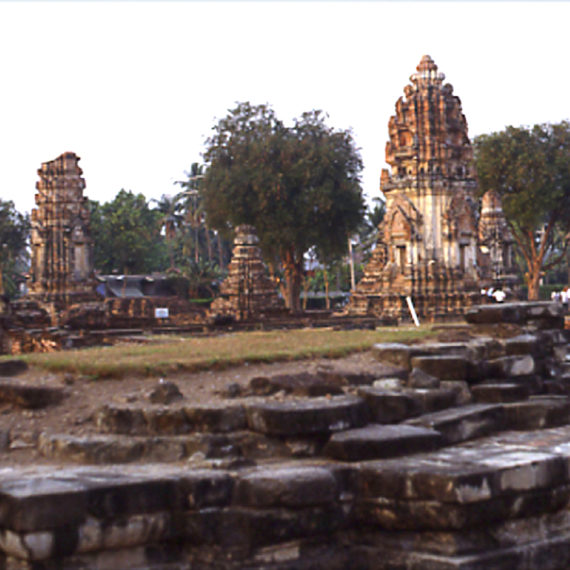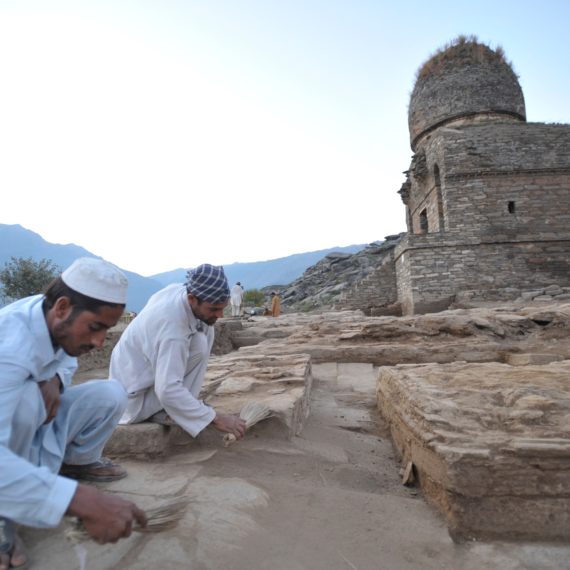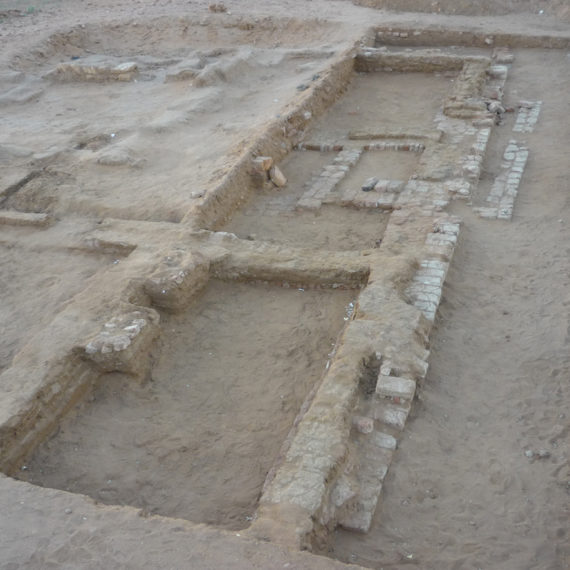
Archaeological Mission to South Caucasus
The Archaeological Mission to South Caucasus (AMSC) was constituted in 2018. The project is directed by Roberto Dan (ISMEO) and includes within it three different missions in three distinct geographical regions in Armenia and Georgia. Two projects are underway in Armenia: the KOTAYK SURVEY PROJECT (KSP 2013-2018), co-directed by Artur Petrosyan (IAE NAS RA), which comprises survey work in the Kotayk region and the archaeological excavation of the Solak 1 fortress; the VAYOTS DZOR PROJECT (VDP 2016-2018), co-directed by Boris Gasparyan (IAE NAS RA), which includes research, survey and excavation activities in the Vayots Dzor region. In Georgia there is the SAMTSKHE-JAVAKHETI PROJECT (SKJ 2017-2018), a reconnaissance project inthe Samtskhe-Javakheti region, co-directed by Vakhtang Licheli (AAG). The missions all involve the study of the presence of the of Urartian State (9th – 7th century BC) in the three distinct regions under investigation. The main focus of the project is on: (1) the study of the late Bronze/early Iron Age communities (12th– 9thcentury BC), in order to understand the cultural characteristics of the local populations that constituted the indigenous traditions with which the state of Urartu interacted and from which it developed; (2) the study of the birth of the state, the ways in which the territory was occupied and the relationship between a fully accomplished state like Urartu (9th– 7thcentury BC) – the first state to appear in all of the southern Caucasus – and the local communities; (3) the investigation of the so-called post-Urartian phase (late 7th– 4thcenturies BC), which followed the disappearance of Urartu and saw the birth of the first local Armenian dynasties, up until the Achaemenid era.



